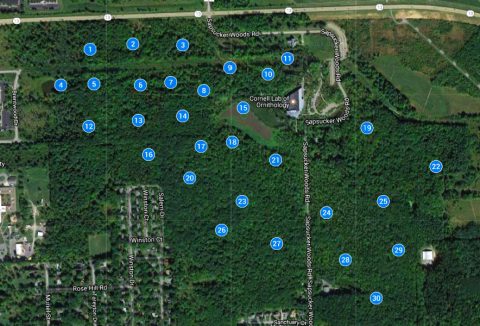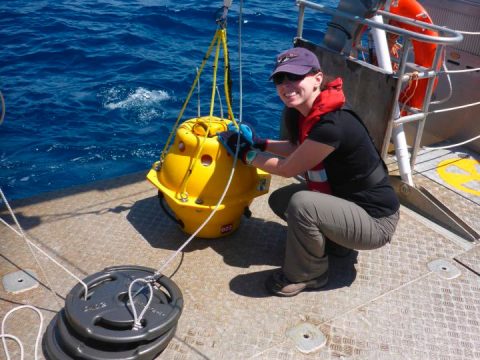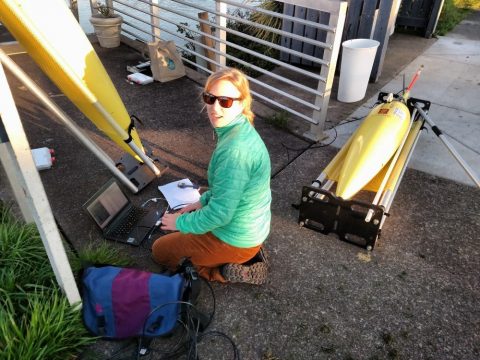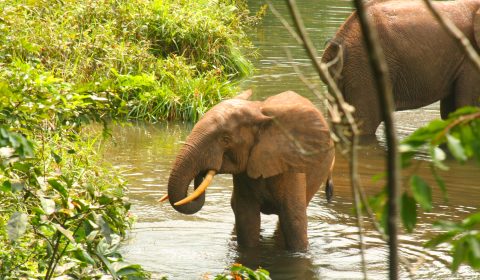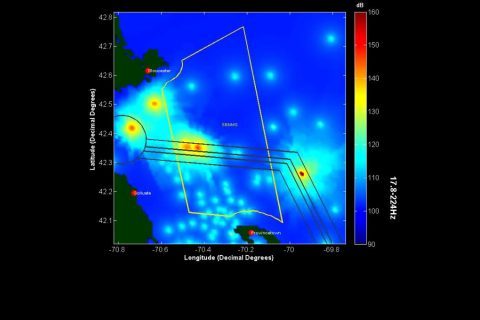Research
We conduct a broad range of terrestrial, aquatic, and marine bioacoustic research, often at large geographic scales. Many of our projects are applied, featuring a strong focus on the conservation of endangered species. More recently we have engaged in soundscape ecology research and the development of acoustic metrics to assess biodiversity and ecosystem health. We are also researching new ways to collect and analyze acoustic data sets using autonomous mobile systems and algorithm development. Here is an overview of our current research portfolio:
 Soundscapes, Acoustic Habitats, and Biodiversity
Soundscapes, Acoustic Habitats, and BiodiversitySoundscapes and acoustic habitats are complex and comprised of a variety of biological, geophysical, and anthropogenic acoustic signals. Much of our research in this area focuses on the assessment of spatiotemporal variability in ambient noise levels and how the various acoustic…
 Passive Acoustic Monitoring
Passive Acoustic MonitoringPassive acoustic monitoring (PAM) of terrestrial and marine animals and ecosystem at ecologically appropriate scales has always been an integral part of the Yang Center’s work. We have extensive experience in the design and execution of PAM projects. Typically, these…
 Mobile Autonomous Vehicles
Mobile Autonomous VehiclesMobile autonomous vehicles equipped with acoustic sensors allow us to collect data on animal abundance and assess distribution with high spatial and temporal resolution in remote and inaccessible areas. The Yang Center has been involved in the development of acoustic…
 Elephant Listening Project
Elephant Listening ProjectThe Elephant Listening Project (ELP) was founded by Katy Payne. Katy discovered infrasonic communication in elephants in the zoo in Portland, Oregon, in the mid-1980s and realized that their low-frequency calls could be used to study and protect these animals in the wild. Since…
 Algorithm Research and Modeling
Algorithm Research and ModelingOver the past two decades, the Yang Center has collected large amounts — literally, hundreds of years — of acoustic data. To keep up with the analysis of the data, we develop detection, classification, and localization (DCL) algorithms to efficiently…
 Acoustic Communication and Behavior
Acoustic Communication and BehaviorThe study of animal acoustic communication and behavior is currently one of our smaller but steadily growing research areas. Understanding the acoustic behavior of animals, which often varies with time of day, season, and by sex and age class, is very…


